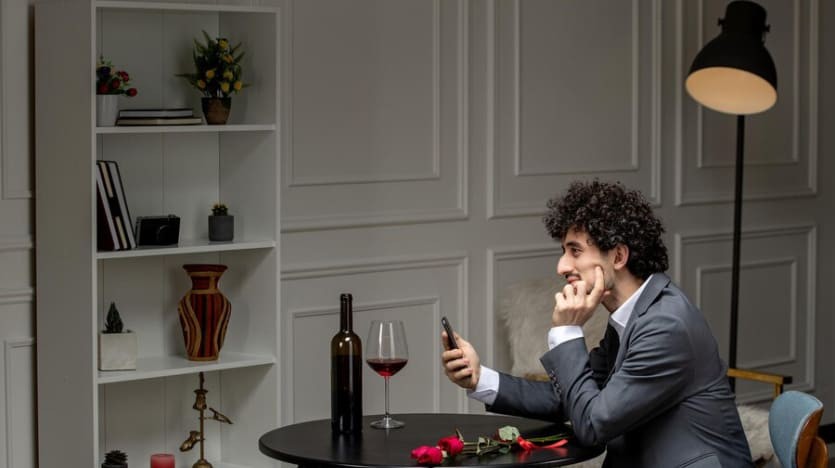
Grape News From France
JANUARY 19, 2024

A Postcard From Burgundy
JANUARY 18, 2024

In Praise of Cheap Wine
JANUARY 17, 2024

Champagne: The Wine of Celebration
JANUARY 16, 2024

Wine Merchants Old and New
JANUARY 14, 2024

Clive Coates MW
|GOOD TASTE 2006
Most non-European wines make life easy for the consumer. They state boldly what is the main ingredient: Cabernet Sauvignon, Chardonnay and so on. Wine drinkers know what flavours to expect and they can select with confidence. The trouble with any European wines is that they are named after wine areas, not their grape varieties: indeed many come from blends of grapes. Beginners in the exploration of the fascinating world of wine risk being put off. They worry about buying something they may not enjoy.
But learn just a little of the basics and you will be able to expand your knowledge, experience and enjoyment. You will find it a rewarding journey. French wines, while perhaps not so reliable at the cheaper end of the scale as those from Australia or Chile or elsewhere – for reasons of climate – offer greater elegance, complexity and individuality at the medium price levels, and unrivalled majesty at the top of the range.
Let’s look at Burgundy, identifiable at a distance by its distinctive bottle shape. All but the most basic (called generic) reds are produced from Pinot Noir and the whites from Chardonnay. Pinot Noir offers an intricate, multi facetted flavour which is a combination of all the small soft red or black fruits that you can think of. The colour of the wine is not very deep, nor is there a great deal of tannin or structure. Yet it is a wine of delicious succulence, finesse and intensity. Chardonnay is a white variety grown the world over. Burgundy Chardonnays are not as oaky as many others. Some such as most of those form Chablis, are not oaked at all, which makes them more food friendly. The wines are medium in weight and the flavor recalls peaches and/or hazelnuts depending on where they come from. They have good natural acidity. Like the reds the best improve in bottle.
It helps to know the geography of Burgundy. There are four main areas (five if we include Beaujolais). The most northerly is Chablis, an exclusively white wine area. Eighty kilometers to the south, in a narrow east-west band on a south-east facing slope lies the Côte d’Or, divided into the Côte de Beaurne and the Côte de Nuits, an almost exclusively red wine vineyard. The Côte d’Or slope is echoed, to the south, by the Côte Chalonnaise. This then comes the Mâconnais, best known for its white wines.
Finally to the south again, is Beaujolais which is made on a different soil: granite as opposed to limestone; and from a different grape variety, Gamay.
Burgundy’s hierarchy is also important. At the bottom are the regional or generic wines, labeled Bourgogne Rouge, Blanc or Rosé. Village wines are the next grade up, for instance, Meursault, Nuites- Saint-George, Gevrey Chambertin, to name the three largest. The best villages contain first growth or premier cru vineyards and these names will follow the name of the village on the labels. One of the very best, (and most expensive), is Chambolle-Musigny, Les Amoureuses. Paradoxically, first growth wines are not the apex. There are 31 grands crus (great growths) in the Côte d’Or, 24 Reds and 7 whites, and a further 7 in Chablis. The Côte d’Or grands crus are labeled in their own right: Clos Vougeot, Le Musigny, and so on. The name of the village they originate from is not required on the label.
Burgundy is a small region. The whole of it, from Chablis to Macon, produces less than a quarter of that of Bordeaux. It is also very fragmented. A typical grower will own 10 hectares and offer 10 different wines from Bourgogne Rouge and Blanc up to, if he/she is fortunate, a few casks of grand cru. One of the regions fascinations is the growers independence of spirit and determination to be as perfectionist as possible. There are many different but individual wine-making recipes and parameters that effect the final result including: at what temperature do you vinify at; what percentage of new oak do you use; do you de-stem and so on. The end result is a cornucopia of nuances of flavour. And unlike any Bordeaux, many growers welcome visitors to taste and buy direct.
Burgundy does not have to be too expensive. Obviously the grands crus are going to cost you. So will Château Latour. But investigate the less well-known villages such as Santenay, Savigny-Lès-Beaune and those in the Côte Chalonnaise such as Rully, Mercurey, Givy and Montagny and you will find much that is delicious and affordable. Good hunting!
Clive Coates MW (Master of Wine) is one of the world’s leading wine authorities. His definitive books on the wines of France include An Encyclopedia of Wines of France, the Wines of Bordeaux and The Great Wines of France. He is currently working on a second edition of his prizewinning opus on the wines of Burgundy, Cote d’Or, A Celebration of the Great Wines of Burgundy. Clive Coates is a consultant to Vino Veritas.This article was written exclusively for Good Taste Magazine 2006.

JANUARY 19, 2024

JANUARY 18, 2024

JANUARY 17, 2024

JANUARY 16, 2024

JANUARY 14, 2024